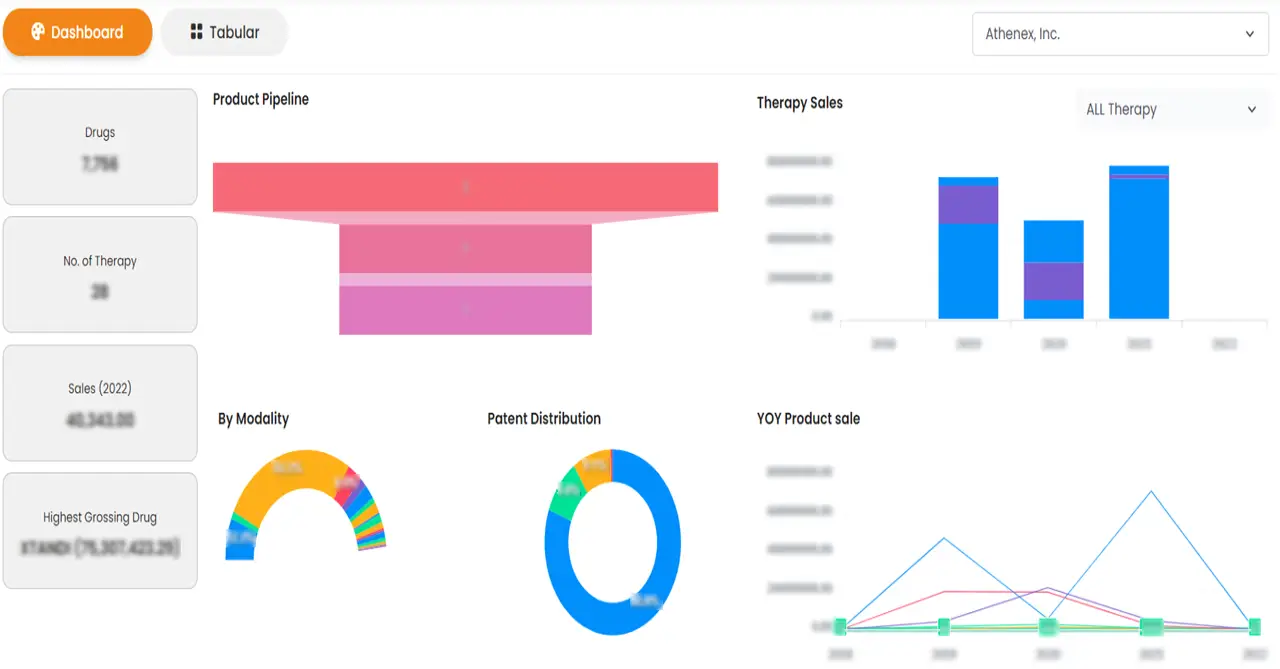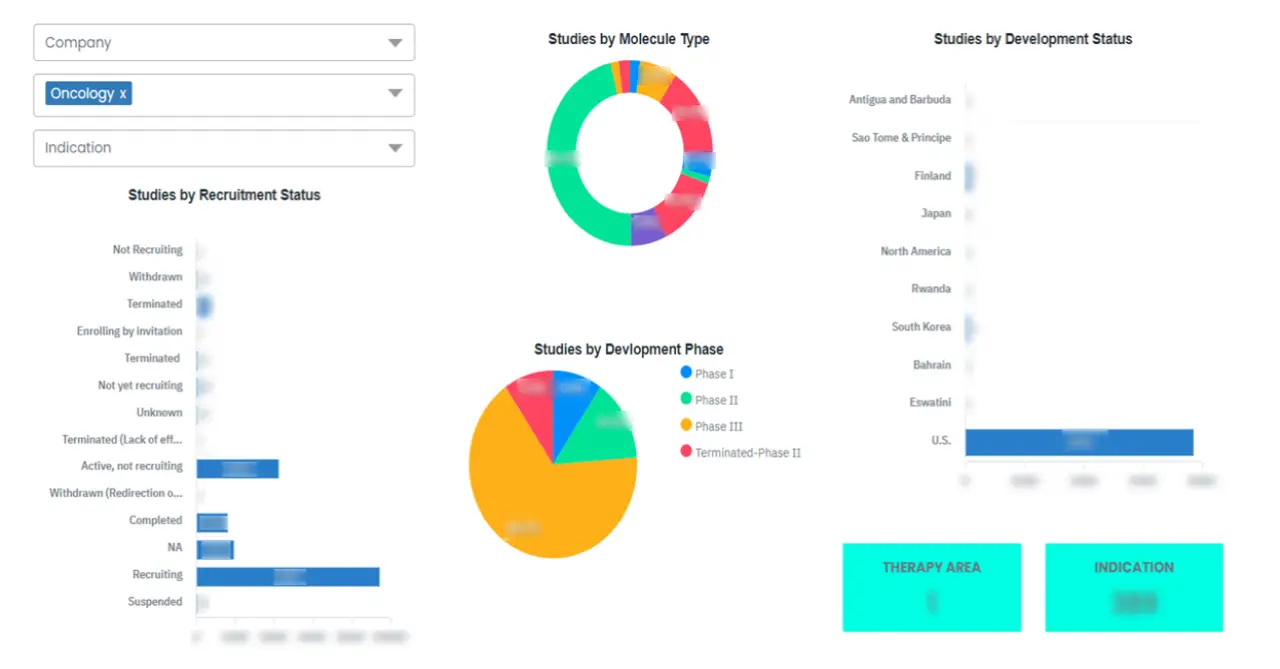Global Retinal Dystrophy Treatment Market
市场规模(十亿美元)
CAGR :
% 
 USD
2.00 Billion
USD
3.05 Billion
2024
2032
USD
2.00 Billion
USD
3.05 Billion
2024
2032
| 2025 –2032 | |
| USD 2.00 Billion | |
| USD 3.05 Billion | |
|
|
|
|
Global Retinal Dystrophy Treatment Market Segmentation, By Type (Peripheral Dystrophy, and Central Dystrophy), Therapy (Magnetic Therapy, Gene Therapy, and Stem Cell Therapy), Treatment (Drugs and Surgery), Route of Administration (Oral, Topical, and Others), End- Users (Hospitals, Homecare, Specialty Clinics, and Others), Distribution Channel (Hospital Pharmacies, Retail Pharmacies, and Online Pharmacies) - Industry Trends and Forecast to 2032
Retinal Dystrophy Treatment Market Size
- The global retinal dystrophy treatment market size was valued atUSD 2.00 billion in 2024and is expected to reachUSD 3.05 billion by 2032, at aCAGR of 5.45%during the forecast period
- This growth is driven by factors such as the increasing prevalence of inherited retinal disorders, rising investments ingene therapyandregenerative medicine, and growing awareness about early diagnosis and treatment options
Retinal Dystrophy Treatment Market Analysis
- Retinal dystrophy treatment focuses on managing a group of inherited retinal disorders that cause progressive vision loss due to photoreceptor degeneration. These include conditions such asretinitis pigmentosaandLeber congenital amaurosis
- The market growth is significantly driven by advancements in gene therapy, increasing R&D funding, and growing awareness of early genetic screening and diagnosis
- North America is expected to dominate the retinal dystrophy treatments market, with a share of40.5%, due to a high number of clinical trials, advanced healthcare facilities, and the presence of major biotechnology companies
- Asia-Pacific is expected to be the fastest growing region in the Retinal Dystrophy Treatment market during the forecast period due to rising healthcare investments, expanding access to ophthalmic care, and increasing government initiatives to support rare disease treatment
- Gene therapy segment is expected to dominate the market with a market share of 45.5% due to its ability to address the root cause of inherited retinal dystrophies by correcting defective genes. This approach offers long-term and potentially curative outcomes, unlike traditional symptomatic treatments. Growing approvals, such as Luxturna, and robust clinical pipelines further drive its adoption and market leadership
Report Scope and Retinal Dystrophy Treatment Market Segmentation
|
Attributes |
Retinal Dystrophy Treatment Key Market Insights |
|
Segments Covered |
|
|
Countries Covered |
North America
Europe
Asia-Pacific
Middle East and Africa
South America
|
|
Key Market Players |
|
|
Market Opportunities |
|
|
Value Added Data Infosets |
In addition to the insights on market scenarios such as market value, growth rate, segmentation, geographical coverage, and major players, the market reports curated by the Data Bridge Market Research also include import export analysis, production capacity overview, production consumption analysis, price trend analysis, climate change scenario, supply chain analysis, value chain analysis, raw material/consumables overview, vendor selection criteria, PESTLE Analysis, Porter Analysis, and regulatory framework. |
Retinal Dystrophy Treatment Market Trends
“Emerging Innovations in Gene and Stem Cell Therapies for Inherited Retinal Disorders”
- One prominent trend in the retinal dystrophy treatment market is the rapid advancement in gene and stem cell therapies, offering targeted and potentially curative solutions for inherited retinal conditions
- These innovations are reshaping the therapeutic landscape by addressing the underlying genetic causes of vision loss rather than merely managing symptoms
- For instance, gene therapies such as Luxturna provide long-term functional improvements by delivering functional copies of faulty genes directly to retinal cells, while stem cell therapies are being developed to regenerate damaged retinal tissue
- These advancements are significantly enhancing clinical outcomes, reducing disease progression, and fueling market growth, positioning the sector for transformative breakthroughs in ocular gene medicine
Retinal Dystrophy Treatment Market Dynamics
Driver
“Increasing Incidence of Inherited Retinal Disorders and Advancements in Precision Therapies”
- The rising diagnosis rates of inherited retinal disorders such as retinitis pigmentosa, Leber congenital amaurosis, and Stargardt disease are key drivers of the retinal dystrophy treatment market
- As genetic screening becomes more accessible, more individuals are being identified with these rare but debilitating conditions, fueling the demand for targeted therapies
- Advances in gene and stem cell therapies are also encouraging healthcare providers and patients to seek early treatment, improving long-term outcomes and visual function
For instance,
- Luxturna, the first FDA-approved gene therapy for a retinal disease, demonstrated meaningful improvements in functional vision, highlighting the effectiveness of these novel treatments
- As awareness grows and technological innovations continue, the market is experiencing a surge in demand for curative and disease-modifying treatments, marking a shift from symptom management to long-term restoration of vision
Opportunity
“Harnessing Gene Editing and AI-Driven Diagnostics for Precision Retinal Therapies”
- The integration of CRISPR-based gene editing technologies and AI-enhanced diagnostic tools presents a major opportunity to revolutionize treatment approaches for retinal dystrophies
- CRISPR offers the ability to directly repair or replace defective genes responsible for inherited retinal conditions, potentially providing one-time, curative interventions
- In addition, AI-powered diagnostic systems can analyze retinal scans with remarkable speed and accuracy, enabling earlier detection of degenerative changes and improving patient selection for clinical trials
For instance,
- In a 2024 study published in Nature Biomedical Engineering, AI systems demonstrated over 90% accuracy in identifying genetic markers of retinal degeneration, significantly accelerating diagnosis and personalized treatment planning
- These innovations together can optimize therapeutic outcomes, reduce the progression of vision loss, and expand access to precision medicine, especially in underserved regions where expert diagnostics are limited
Restraint/Challenge
“High Cost of Advanced Therapies Limiting Access and Market Penetration”
- The high cost of gene and stem cell therapies for retinal dystrophies remains a significant barrier to widespread adoption, particularly in low- and middle-income regions
- Treatments such as Luxturna can cost over USD 850,000 per patient, making them unaffordable for many healthcare systems and individuals without extensive insurance coverage or government subsidies
- This pricing challenge can hinder access to potentially curative therapies, limiting the patient pool and slowing the expansion of treatment availability in underserved markets
For instance,
- In 2024 analysis by the Institute for Clinical and Economic Review (ICER) emphasized that while gene therapies offer breakthrough potential, their high price tags raise concerns about long-term affordability and equitable access.
- Consequently, despite their clinical promise, the cost-related barriers pose a serious challenge to market growth and may lead to healthcare inequalities in treating inherited retinal diseases globally
Retinal Dystrophy Treatment Market Scope
The market is segmented on the basis of type, therapy, treatment, end user, and distribution.
|
Segmentation |
Sub-Segmentation |
|
By Type |
|
|
By Therapy |
|
|
By Treatment |
|
|
By End User |
|
|
By Distribution Channel |
|
In 2025, the gene therapy is projected to dominate the market with a largest share in therapy segment
The gene therapy segment is expected to dominate the retinal dystrophy treatment market with the largest share of 56.22% in 2025 due to its ability to address the root cause of inherited retinal dystrophies by correcting defective genes. This approach offers long-term and potentially curative outcomes, unlike traditional symptomatic treatments. Growing approvals, such as Luxturna, and robust clinical pipelines further drive its adoption and market leadership
The peripheral dystrophy is expected to account for the largest share during the forecast period in type market
In 2025, the peripheral dystrophy segment is expected to dominate the market with the largest market share of 30.05% because peripheral dystrophies, such as retinitis pigmentosa, are more commonly diagnosed globally, contributing to a larger patient base requiring treatment.
Retinal Dystrophy Treatment Market Regional Analysis
“North America Holds the Largest Share in the Retinal Dystrophy Treatment Market”
- North America dominates theretinal dystrophy treatment market with a market share of estimated 40.5%, driven, by its advanced healthcare infrastructure and proactive adoption of innovative genetic therapies
- U.S. holds a market share of 33.5%, due to the increasing prevalence of inherited retinal disorders and favorable reimbursement frameworks for advanced therapies such as gene and stem cell treatments
- The strong presence of major biotechnology firms and ongoing clinical trials in gene-editing and regenerative medicine further reinforce the U.S. as a leader in the space
- In addition, the government-backed initiatives and growing awareness regarding early genetic diagnosis support the development and commercialization of novel treatments, accelerating market growth in the region.
“Asia-Pacific is Projected to Register the Highest CAGR in the Retinal Dystrophy Treatment Market”
- Asia-Pacific is expected to witness the highest growth rate in the retinal dystrophy treatment market, driven by increasing healthcare investments, improving genetic testing access, and growing disease burden
- Countries such as China, India, and Japan are emerging as pivotal markets due to their rapidly aging populations and rising incidence of inherited retinal diseases such as retinitis pigmentosa and Stargardt disease
- Japan, known for its cutting-edge medical innovations, is advancing the development of gene therapies and personalized medicine for retinal disorders
- China and India are expanding ophthalmic research capabilities and investing in biotechnology infrastructure, supported by both public health initiatives and international collaborations
- Improved awareness, increasing patient registries, and the emergence of regional clinical trials make Asia-Pacific a promising frontier for retinal dystrophy treatment innovation and commercialization
Retinal Dystrophy Treatment Market Share
The market competitive landscape provides details by competitor. Details included are company overview, company financials, revenue generated, market potential, investment in research and development, new market initiatives, global presence, production sites and facilities, production capacities, company strengths and weaknesses, product launch, product width and breadth, application dominance. The above data points provided are only related to the companies' focus related to market.
The Major Market Leaders Operating in the Market Are:
- Spark Therapeutics, Inc.(U.S.)
- Novartis AG(Switzerland)
- GSK plc.(U.K.)
- Beacon Therapeutics(U.S.)
- Nanoscope Therapeutics, Inc.(U.S.)
- SparingVision (France)
- jCyte, Inc. (U.S.)
- Alkeus Pharmaceuticals, Inc. (U.S.)
- KODIAK SCIENCES INC. (U.S.)
- ViGeneron GmbH (Germany)
- MeiraGTx Limited (U.S.)
- ProQR Therapeutics. (Netherlands)
- Biogen (U.S.)
- GenSight Biologics S.A. (France)
- REGENXBIO Inc. (U.S.)
- Horama S.A. (France)
- 4D Molecular Therapeutics, Inc. (U.S.)
- Editas Medicine (U.S.)
Latest Developments in Global Retinal Dystrophy Treatment Market
- In January 2025, ViGeneron GmbH, a clinical-stage gene therapy company based in Munich, Germany, announced that the U.S. Food and Drug Administration (FDA) granted Rare Pediatric Disease Designation for its gene therapy candidate VG901, targeting CNGA1-associated retinitis pigmentosa
- In February 2025, At Mater Hospital in Dublin, Ireland, a 31-year-old man blind for 13 years regained his sight after receiving Luxturna gene therapy. This groundbreaking treatment, administered by Professor David Keegan, marks the first such procedure in Ireland and demonstrates significant benefits even in adults with inherited retinal dystrophies
- In February 2025, Doctors at Great Ormond Street Hospital in London successfully restored vision in children with Leber congenital amaurosis (LCA) using gene therapy. The procedure involved injecting healthy copies of the AIPL1 gene into the retina, enabling the children to see shapes, recognize their parents, and, in some cases, read and write
- In October 2024, At the American Academy of Ophthalmology (AAO) 2024 meeting, Nanoscope Therapeutics presented promising results for their gene therapy MCO-010, targeting retinitis pigmentosa. The therapy showed significant visual acuity improvements in up to 50% of patients without the need for external devices, offering hope for those with advanced vision loss
- In September 2023, Genentech announced successful early-stage clinical trials for a new gene therapy targeting specific retinal dystrophies. This development has generated optimism for patient outcomes and heightened investor interest in the field of retinal therapies
SKU-
Get online access to the report on the World's First Market Intelligence Cloud
- Interactive Data Analysis Dashboard
- Company Analysis Dashboard for high growth potential opportunities
- Research Analyst Access for customization & queries
- Competitor Analysis with Interactive dashboard
- Latest News, Updates & Trend analysis
- Harness the Power of Benchmark Analysis for Comprehensive Competitor Tracking
研究方法
数据收集和基准年分析是使用具有大样本量的数据收集模块完成的。该阶段包括通过各种来源和策略获取市场信息或相关数据。它包括提前检查和规划从过去获得的所有数据。它同样包括检查不同信息源中出现的信息不一致。使用市场统计和连贯模型分析和估计市场数据。此外,市场份额分析和关键趋势分析是市场报告中的主要成功因素。要了解更多信息,请请求分析师致电或下拉您的询问。
DBMR 研究团队使用的关键研究方法是数据三角测量,其中包括数据挖掘、数据变量对市场影响的分析和主要(行业专家)验证。数据模型包括供应商定位网格、市场时间线分析、市场概览和指南、公司定位网格、专利分析、定价分析、公司市场份额分析、测量标准、全球与区域和供应商份额分析。要了解有关研究方法的更多信息,请向我们的行业专家咨询。
可定制
Data Bridge Market Research 是高级形成性研究领域的领导者。我们为向现有和新客户提供符合其目标的数据和分析而感到自豪。报告可定制,包括目标品牌的价格趋势分析、了解其他国家的市场(索取国家列表)、临床试验结果数据、文献综述、翻新市场和产品基础分析。目标竞争对手的市场分析可以从基于技术的分析到市场组合策略进行分析。我们可以按照您所需的格式和数据样式添加您需要的任意数量的竞争对手数据。我们的分析师团队还可以为您提供原始 Excel 文件数据透视表(事实手册)中的数据,或者可以帮助您根据报告中的数据集创建演示文稿。














